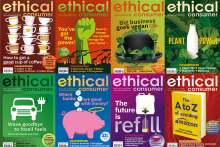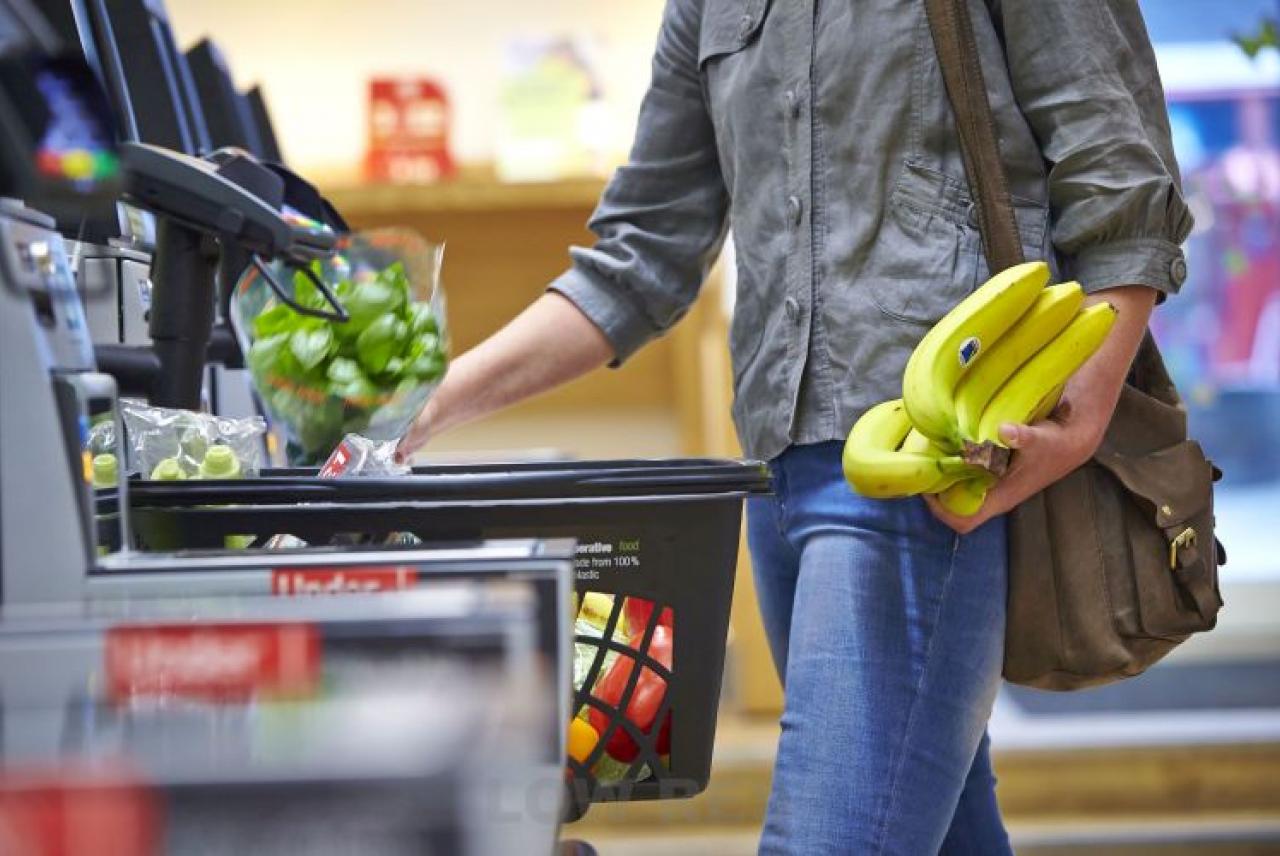Inclusion in our palm oil free list
The companies on this list receive the best rating for palm oil in our shopping guides because they are palm oil-free or use best practice in their palm oil sourcing.
For best practice, a large company must have:
- all of the palm products used in its global supply chain certified by the Roundtable on Sustainable Palm Oil (RSPO)
- full disclosure of mills (and use none of the very worst mills)
- a publicly available grievance list (that says how workers have been adversely impacted at any mills)
- at least 50% of palm sourced from segregated supply chains, rather than 'mass balance'. You can find an explanation of these terms on our RSPO explainer page.
Smaller companies may demonstrate engagement on this issue by sourcing palm oil that is certified as organic.
(Those brands rated best for palm oil are not necessarily rated best for overall corporate responsibility.)
The list is split into three sections:
A brief introduction to palm oil
Palm oil is a type of vegetable oil derived from palm oil fruit. It's said to be found in 50% of supermarket products, from food to cleaners to cosmetics.
It's widely used for its properties (e.g., it's semi-solid at room temperature and acts as a natural preservative in processed foods) and because it is cheap. Its low price is partly due to its high yield but also because, as with other mass-produced crops, the environmental and social costs go unaccounted for.
Its production destroys rainforests and biodiversity. The plight of orangutans has been a key feature of palm oil campaigns, due to 80% of their habitat being destroyed in the last 20 years and the serious risk they face of extinction in our lifetime.
Social impacts are also wide-ranging, and economic gains are far from evenly distributed.
Over 20 million people, comprising hundreds of distinct language groups, depend on Indonesia’s forests. Many traditional communities have lost their lands to plantations.
Demand for palm oil has grown phenomenally and is expected to more than double by 2030 and triple by 2050.





